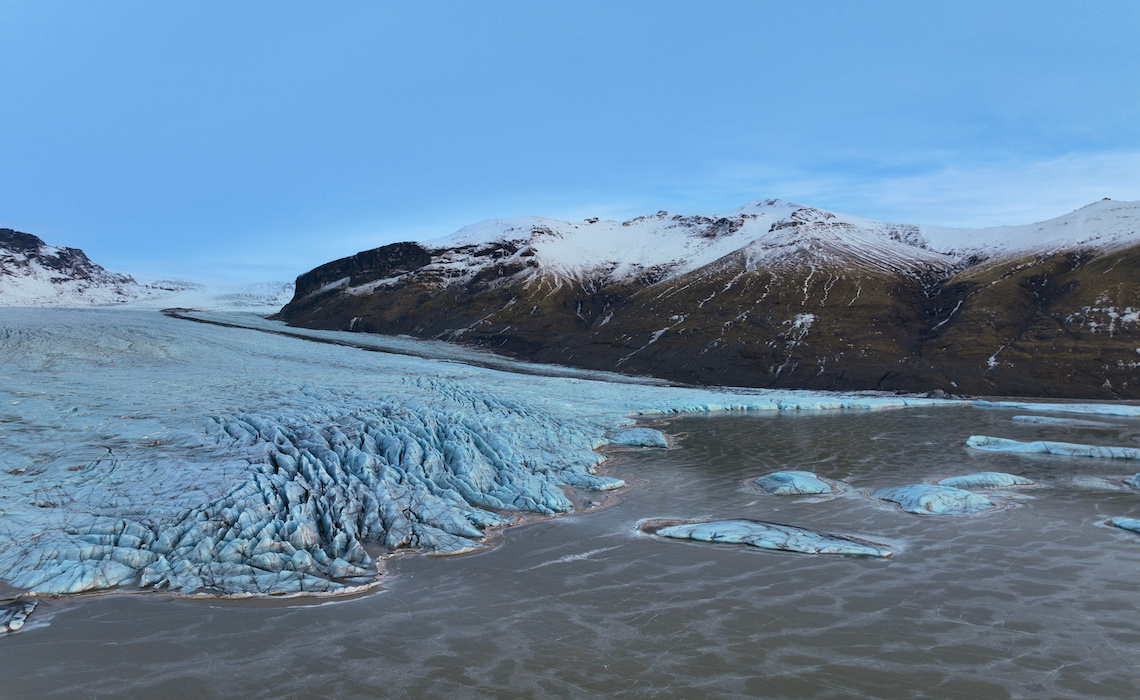Icelandic has a dedicated phrase for glacier outburst floods – jökulhlaups. Outbursts from subglacial geothermal areas, marginal lakes, and subglacial volcanic eruptions are common in Iceland, and they pose a substantial hazard to settled areas as well as to roads, communication lines and other infrastructure near glaciers. Further, these outbursts have been notoriously difficult to predict. An ambitious European project with participation from the Icelandic Meteorological Office and CSC, the national research and education network (NREN) of Finland, is set to change this reality.
Organized as a Centre of Excellence in the European HPC (High-Performance Computing) framework, the initiative aims to evaluate and forecast glacier outburst floods and other geo-hazards with civil protection as a primary objective.
“This Centre of Excellence is a unique opportunity to promote the further development and porting of applications related to natural hazards to Europe’s new flagship computer, LUMI, and enable critical urgent computing in case of the event of a natural disaster in order to increases the safety of those people being affected,” says Thomas Zwinger, CSC glacier modelling specialist, on the CSC website.
Urgent computing
The LUMI supercomputer is hosted by CSC. Together with the Icelandic Meteorological Office, CSC will implement a model for simulations of glacier outburst floods in the Elmer/Ice software and help porting natural hazard applications to LUMI.
Abbreviated ChEESE (Centre of Excellence for Exascale on Solid Earth), the objective is to develop pilot demonstrators for 15 simulation cases of particular relevance in terms of science, social relevance, or urgency.
“The ChEESE initiative will enhance the capabilities of the European Solid Earth community and enable us to develop services related to urgent computing, early warning, geohazard assessment, and data analysis for European civil protection,” says Arnau Folch, Professor at the Spanish National Research Council and ChEESE project coordinator.
Started as a research project
ChEESE is co-funded with more than 7 million EUR by the European Commission and national funds from ten European countries. The initiative is the second phase of a successful research project that was coordinated by the Barcelona Supercomputing Center until 2022.
Current participants are Atos, Barcelona Supercomputing Center, Centre National de la Recherche Scientifique, CINECA, CSC, Instituto Nationale di Geofisica e Vulcanologia, Institut de Physique du Globe de Paris, Johannes Gutenberg Universitat Mainz, Lundwig-Maximilians Universitat Munich, Ruder Boskovic Institute, Technical University of Munich, Universidad de Málaga, Universitat Stuttgart, and the Icelandic Meteorological Office.
The text is inspired by the article “First-class supercomputers in assessing and predicting geological threats”, published on the CSC website.







